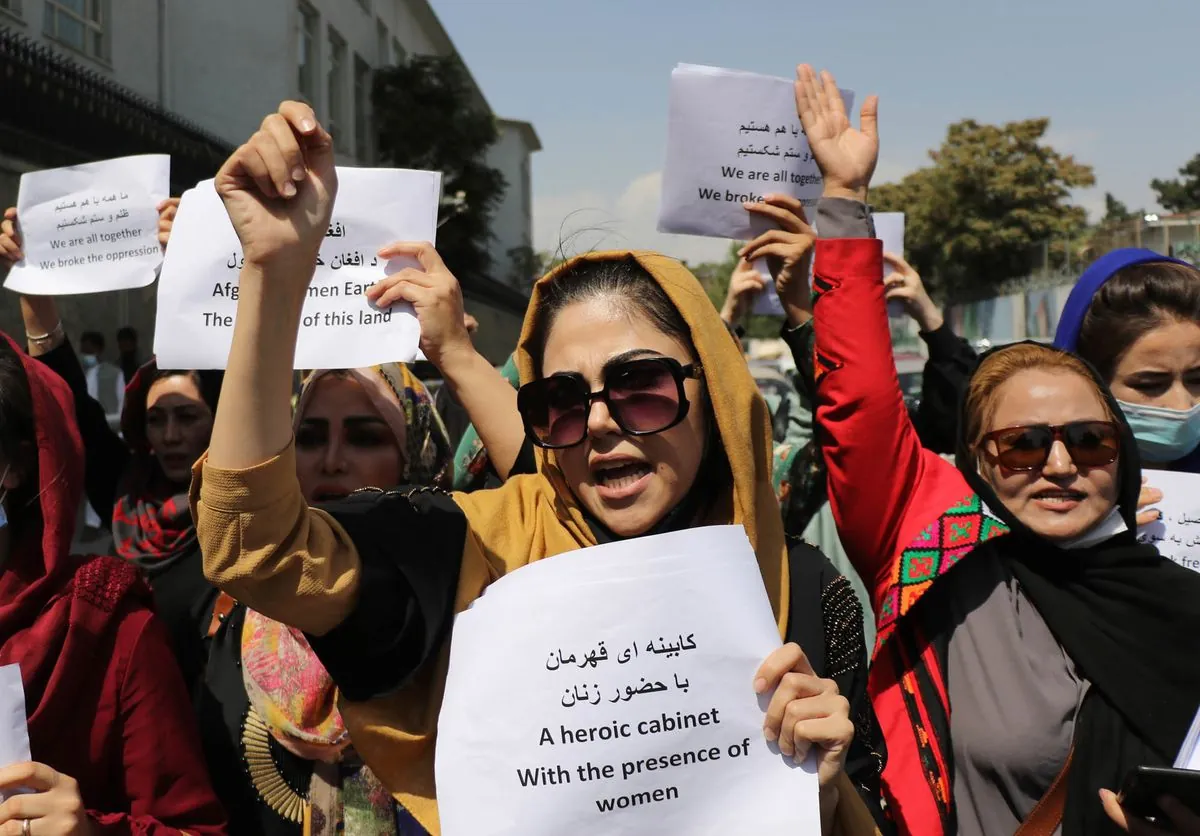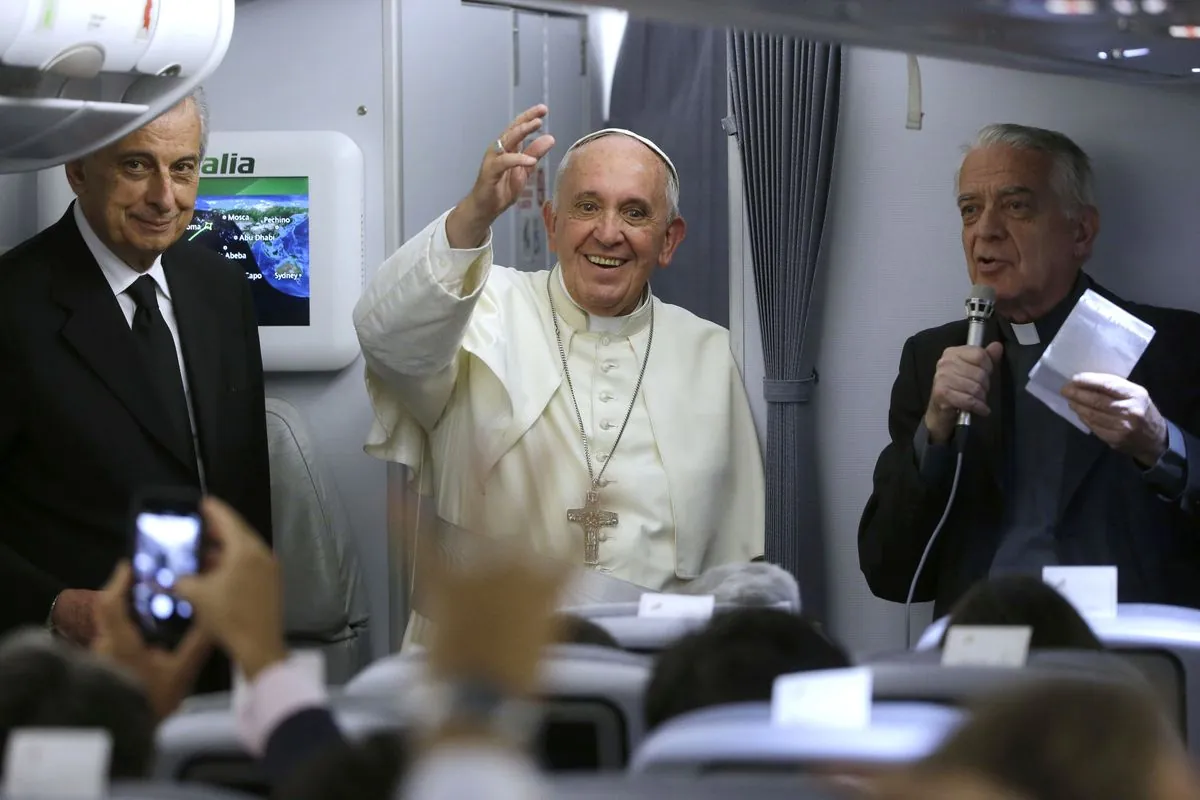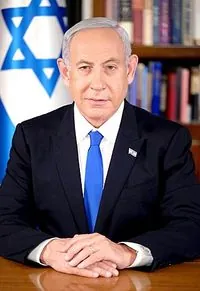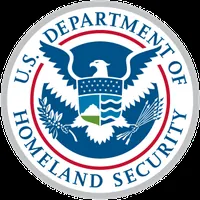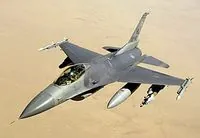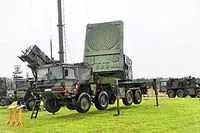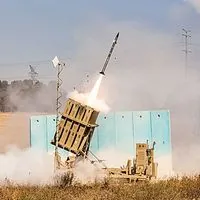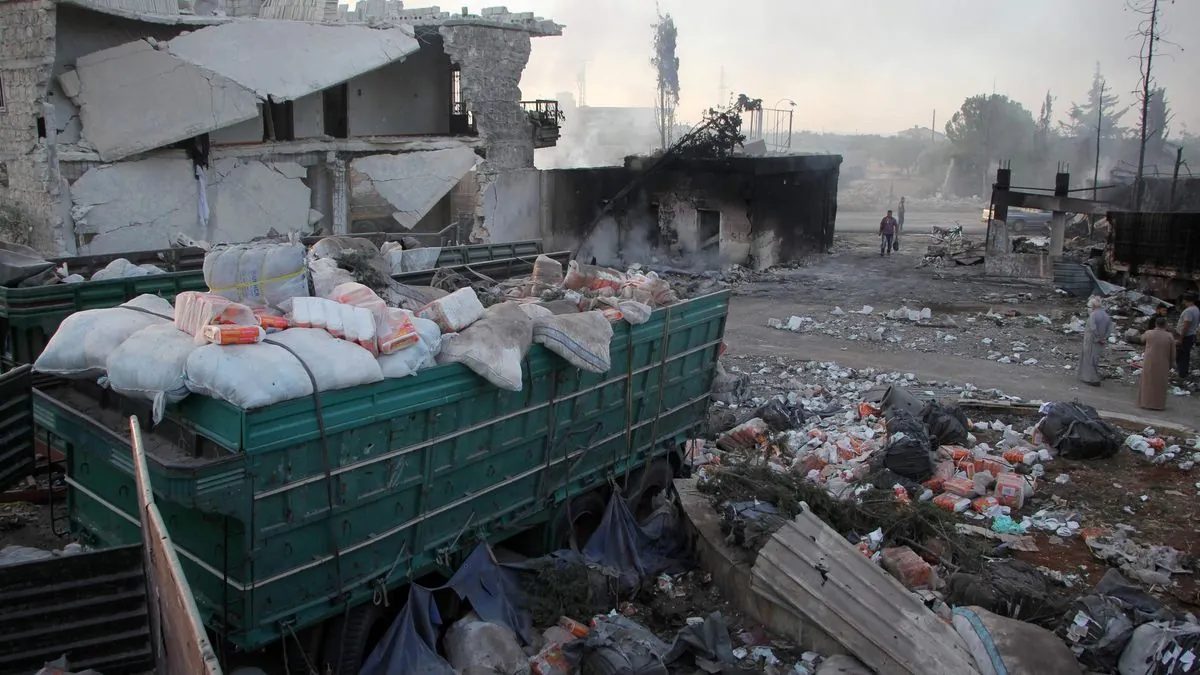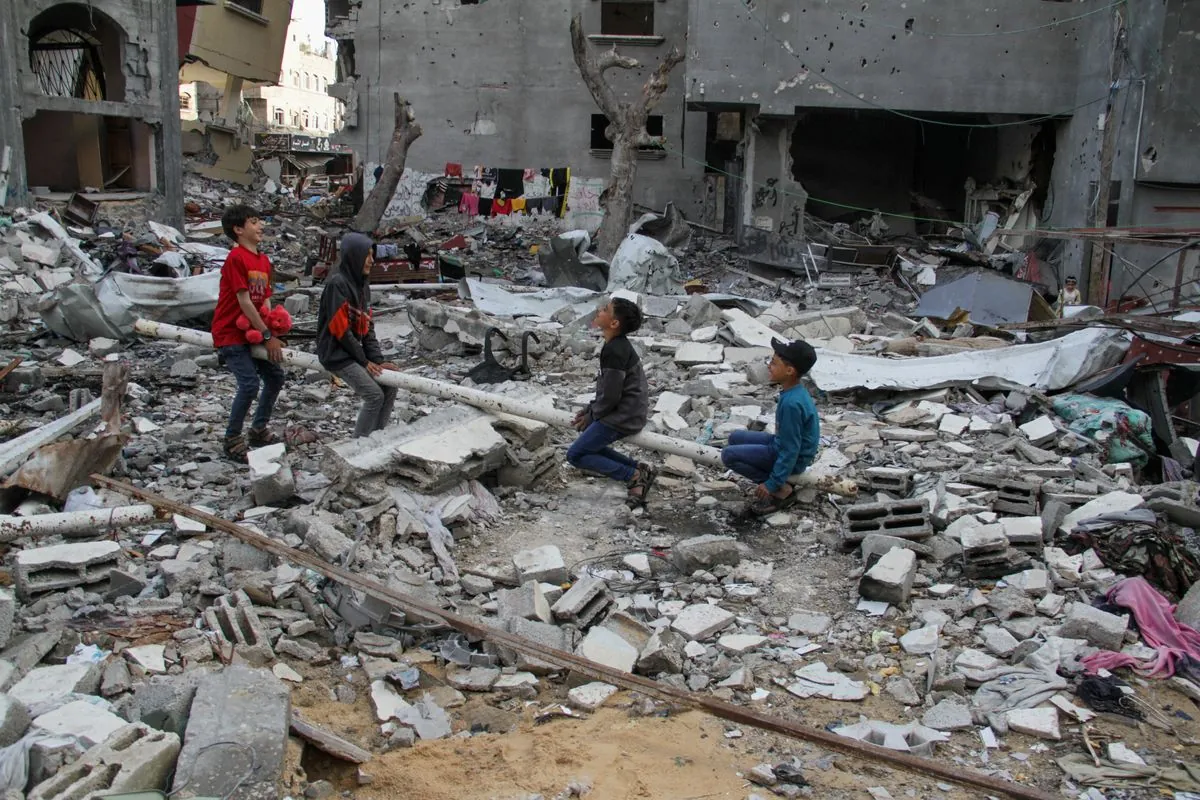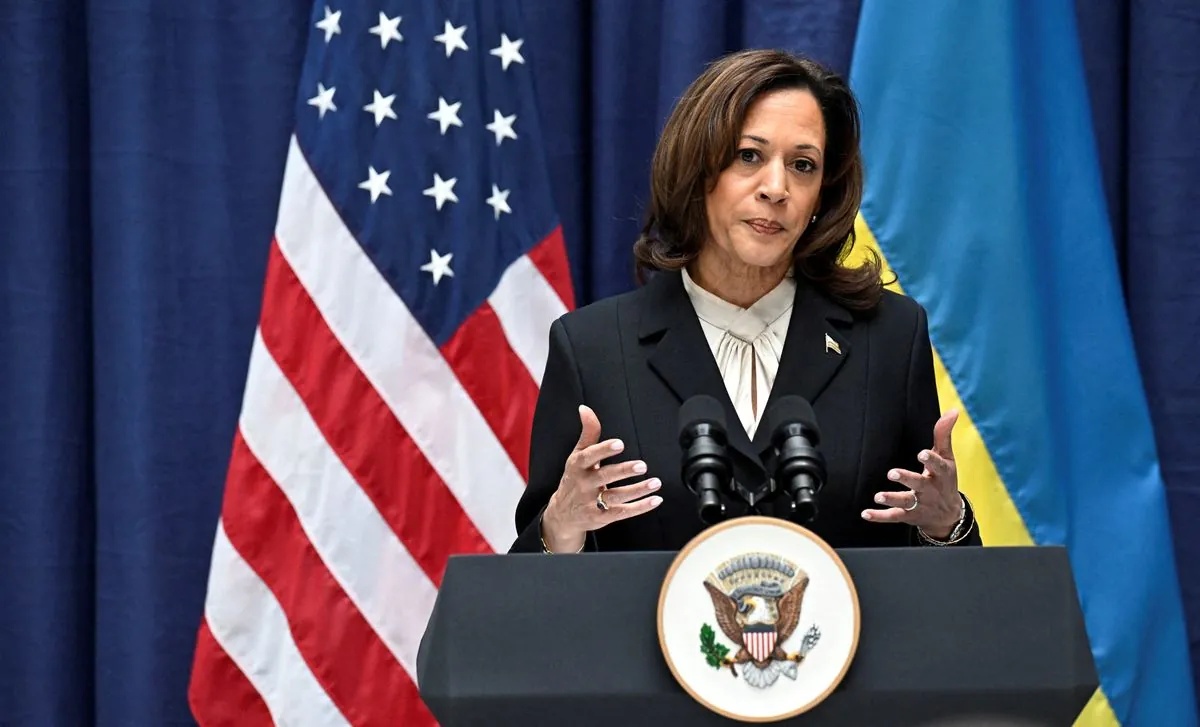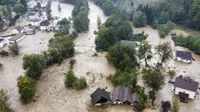Iran's Quds Force Chief Qaani Missing After Israeli Strikes
Esmail Qaani, Iran's Quds Force commander, has not been heard from since recent Israeli strikes on Beirut. His disappearance follows the death of Hezbollah leader Nasrallah and raises questions about Iran's regional influence.
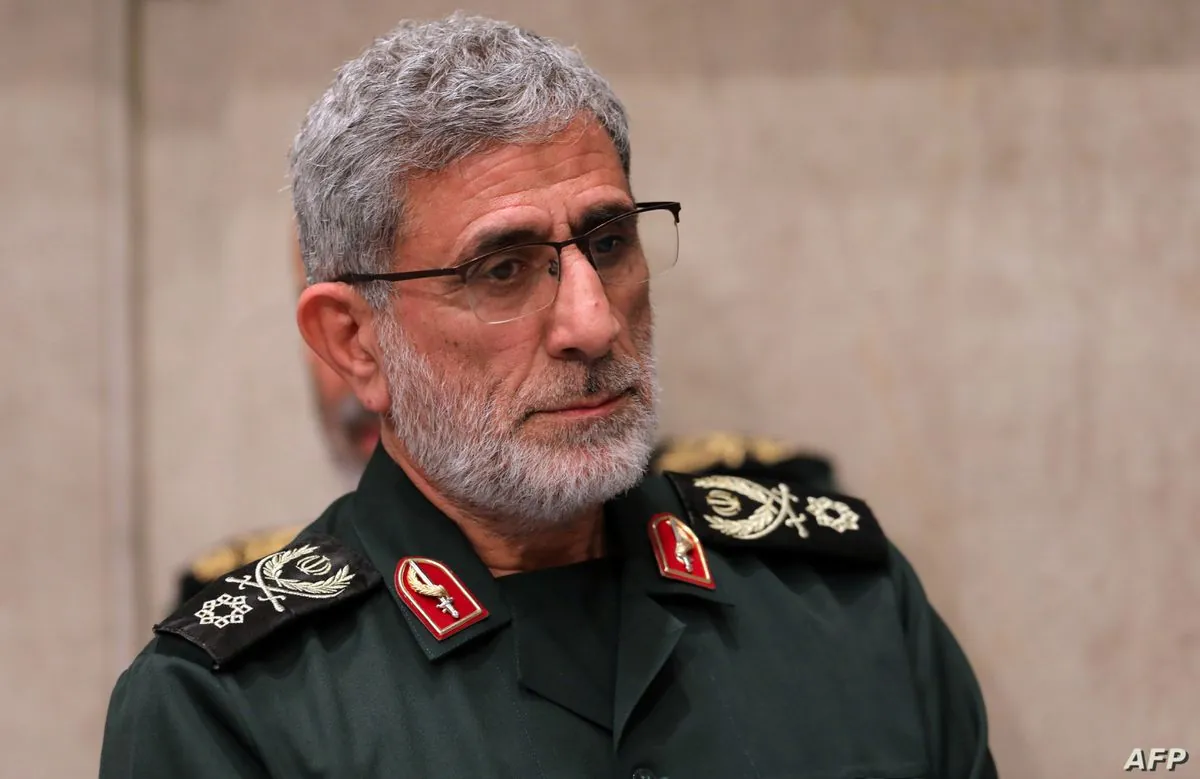
The whereabouts of Esmail Qaani, the commander of Iran's Quds Force, remain unknown following Israeli strikes on Beirut in late September 2024. This development comes in the wake of the killing of Hezbollah leader Sayyed Hassan Nasrallah last month, further complicating the geopolitical landscape in the Middle East.
Qaani, who assumed leadership of the Quds Force in 2020, has been tasked with managing Tehran's paramilitary allies across various regions. The Quds Force, a unit of Iran's Islamic Revolutionary Guard Corps (IRGC), specializes in unconventional warfare and military intelligence operations. Established after the 1979 Iranian Revolution, the IRGC has been designated as a foreign terrorist organization by the United States since 2019.
The 67-year-old commander's appointment followed the assassination of his predecessor, Qassem Soleimani, in a U.S. drone strike at Baghdad International Airport on January 3, 2020. This event significantly escalated tensions between the United States and Iran, leading to increased scrutiny of Iran's regional activities.
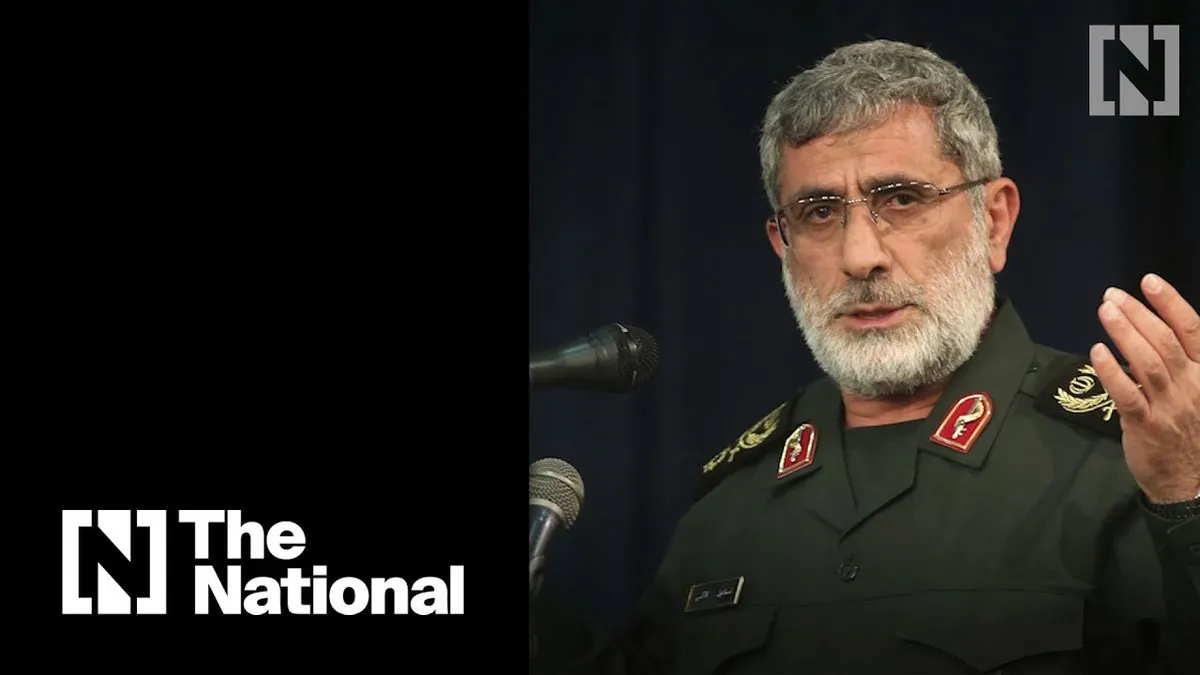
Comparisons between Qaani and Soleimani reveal stark differences in their leadership styles and influence. While Soleimani was known for his charismatic approach and close relationships with Iran's allies in the Arab world, Qaani has struggled to command the same level of respect. This disparity has become evident as Iran's proxies, including Lebanese Hezbollah, Iraqi Shi'ite militias, and Yemen's Houthis, have faced increased pressure from Israeli operations.
Born in Mashhad, Iran's spiritual capital and second-most populous city, Qaani fought for the Revolutionary Guards during the Iran-Iraq War of 1980-1988. This conflict, which resulted in an estimated one million casualties, shaped the geopolitical landscape of the region for decades to come.
Qaani's experience extends beyond Iran's eastern borders, encompassing operations in Afghanistan and Pakistan. However, unlike his Arabic-speaking predecessor, Qaani does not speak Arabic fluently, potentially limiting his ability to communicate effectively with Iran's Arab allies.
"We promise to continue martyr Soleimani's path with the same force ... and the only compensation for us would be to remove America from the region."
Despite this bold declaration, Qaani's tenure has been marked by a lower public profile compared to Soleimani. He has conducted most of his meetings and visits to neighboring countries in private, eschewing the public appearances and battlefield photo opportunities that characterized Soleimani's leadership.
The disappearance of Qaani raises questions about the future of Iran's "Axis of Resistance" strategy, which has sought to extend Tehran's influence across the Middle East through various proxy groups. This approach has been a cornerstone of Iran's foreign policy since the early 1980s, particularly evident in its support for Hezbollah following the Israeli invasion of Lebanon.
As tensions between Iran and Israel continue to simmer, the international community watches closely for any developments that could further destabilize the region. The situation underscores the complex web of alliances and conflicts that define Middle Eastern politics, with Iran's nuclear program and support for militant groups remaining contentious issues on the global stage.
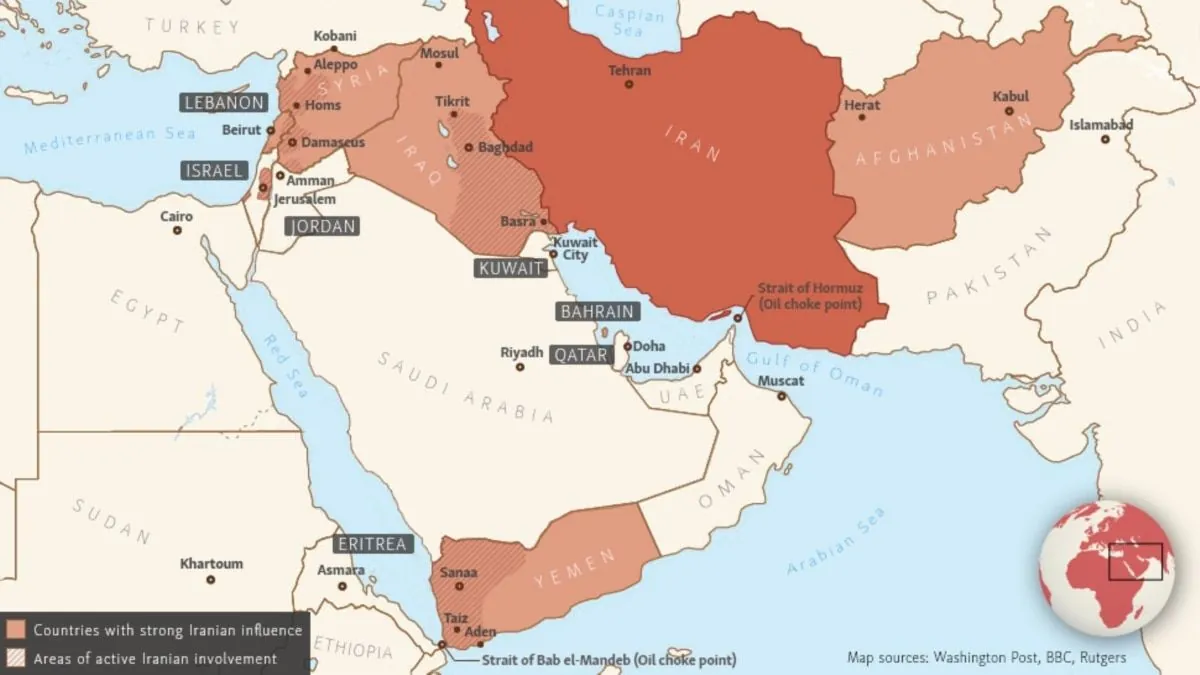
The ongoing absence of Qaani may have significant implications for Iran's regional strategy and the balance of power in the Middle East. As the situation unfolds, the world awaits further information on the fate of the Quds Force commander and the potential repercussions for Iran's military and diplomatic posture in the region.





